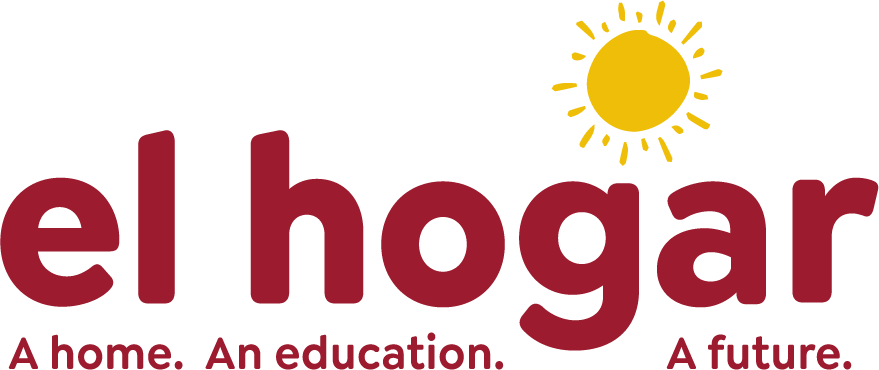El Hogar Origins
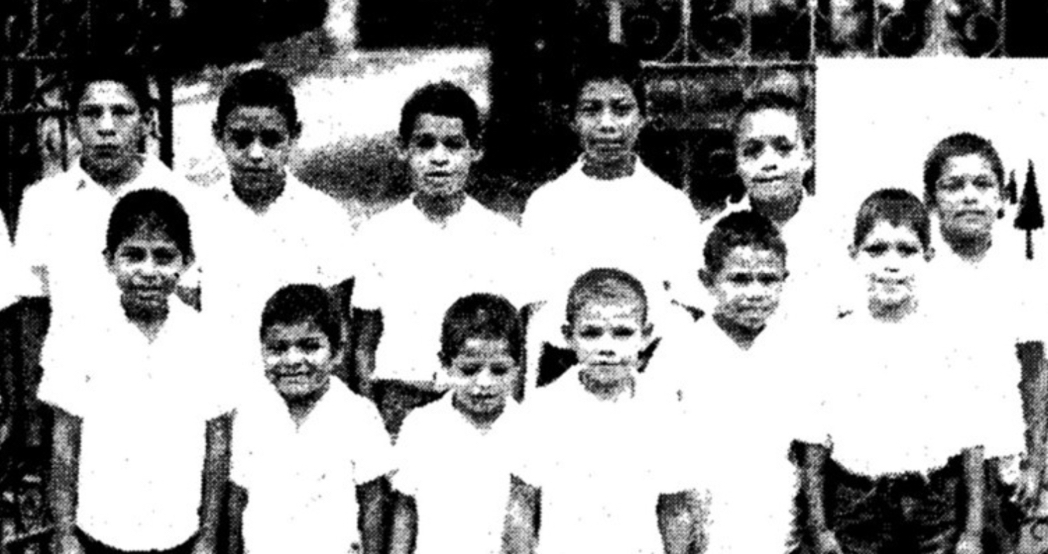
Five members of the Episcopal Church in Tegucigalpa felt moved to help children in vulnerable situations. With initial funding from the Methodist Fund for Human Need, the founders rented a large old house in Tegucigalpa and El Hogar de Amor y Esperanza, The Home of Love and Hope (HAYE), was born. In the subsequent 46 years, over 1,200 students have graduated from El Hogar, which has grown to include three campuses: an elementary school, a technical high school and a farm.
El Hogar began in
1979 with five boys
Five members of the Episcopal Church in Tegucigalpa felt moved to help children in vulnerable situations. With initial funding from the Methodist Fund for Human Need, the founders rented a large old house in Tegucigalpa and El Hogar de Amor y Esperanza, The Home of Love and Hope (HAYE), was born. In the subsequent 46 years, over 1,200 students have graduated from El Hogar, which has grown to include three campuses: an elementary school, a technical high school and a farm.
At one time the HAYE campus housed 100 children. El Hogar began working with just boys, but in 2007 welcomed girls into the program as well. HAYE began as a residence and the children attended a public school in the community. In 1990, El Hogar registered with the Ministry of Education, hired teachers and began offering academic classes to the children in their care.
As those first five boys grew in self-confidence and self-esteem, others came…
By the end of the first year, the old house was bursting at the seams. The next year, HAYE built a cottage to sleep another 20, and the growth continued.
At one time the HAYE campus housed 100 children. El Hogar began working with just boys, but in 2007 welcomed girls into the program as well. HAYE began as a residence and the children attended a public school in the community. In 1990, El Hogar registered with the Ministry of Education, hired teachers and began offering academic classes to the children in their care.

HAYE’s residential program has evolved to align with UNICEF’s Convention on the Rights of the Child, and SENAF (the Honduran Child Protective Services Department) to emphasize the importance of and need to strengthen family relationships. Over the years, residential program enrollment has decreased as more of HAYE’s students have been reintegrated with their families, when possible. In response to this shifting trend, HAYE introduced a day program in 2017. Students from the local community attend academic classes and participate in extracurricular activities alongside residential students. In 2017, the pilot project started with five students from one local community and has grown to over 100 students from three communities in 2025.
HAYE introduced a Day
Program in 2017
HAYE’s residential program has evolved to align with UNICEF’s Convention on the Rights of the Child, and SENAF (the Honduran Child Protective Services Department) to emphasize the importance of and need to strengthen family relationships. Over the years, residential program enrollment has decreased as more of HAYE’s students have been reintegrated with their families, when possible. In response to this shifting trend, HAYE introduced a day program in 2017. Students from the local community attend academic classes and participate in extracurricular activities alongside residential students. In 2017, the pilot project started with five students from one local community and has grown to over 100 students from three communities in 2025.
For 20 years, TSM shared facilities with St. Mary’s Episcopal Cathedral in Tegucigalpa but outgrew their space and in 2005 moved to their new campus located in the Amarateca Valley, about half an hour from Tegucigalpa. At least half of the incoming 7th grade students come from the HAYE elementary program. TSM also takes students from the community into the program if they meet the criteria of need and pass an entrance exam. The students live on site and learn to be accomplished metal workers or electricians in addition to standard academic training.
In 1984, the Instituto Técnico Santa María, St. Mary’s Technical Institute (TSM), was built…
With a grant from United Thank Offering and from United States Aid to Industrial Development, TSM was built to allow students to continue their studies once they graduated from HAYE.
For 20 years, TSM shared facilities with St. Mary’s Episcopal Cathedral in Tegucigalpa but outgrew their space and in 2005 moved to their new campus located in the Amarateca Valley, about half an hour from Tegucigalpa. At least half of the incoming 7th grade students come from the HAYE elementary program. TSM also takes students from the community into the program if they meet the criteria of need and pass an entrance exam. The students live on site and learn to be accomplished metal workers or electricians in addition to standard academic training.
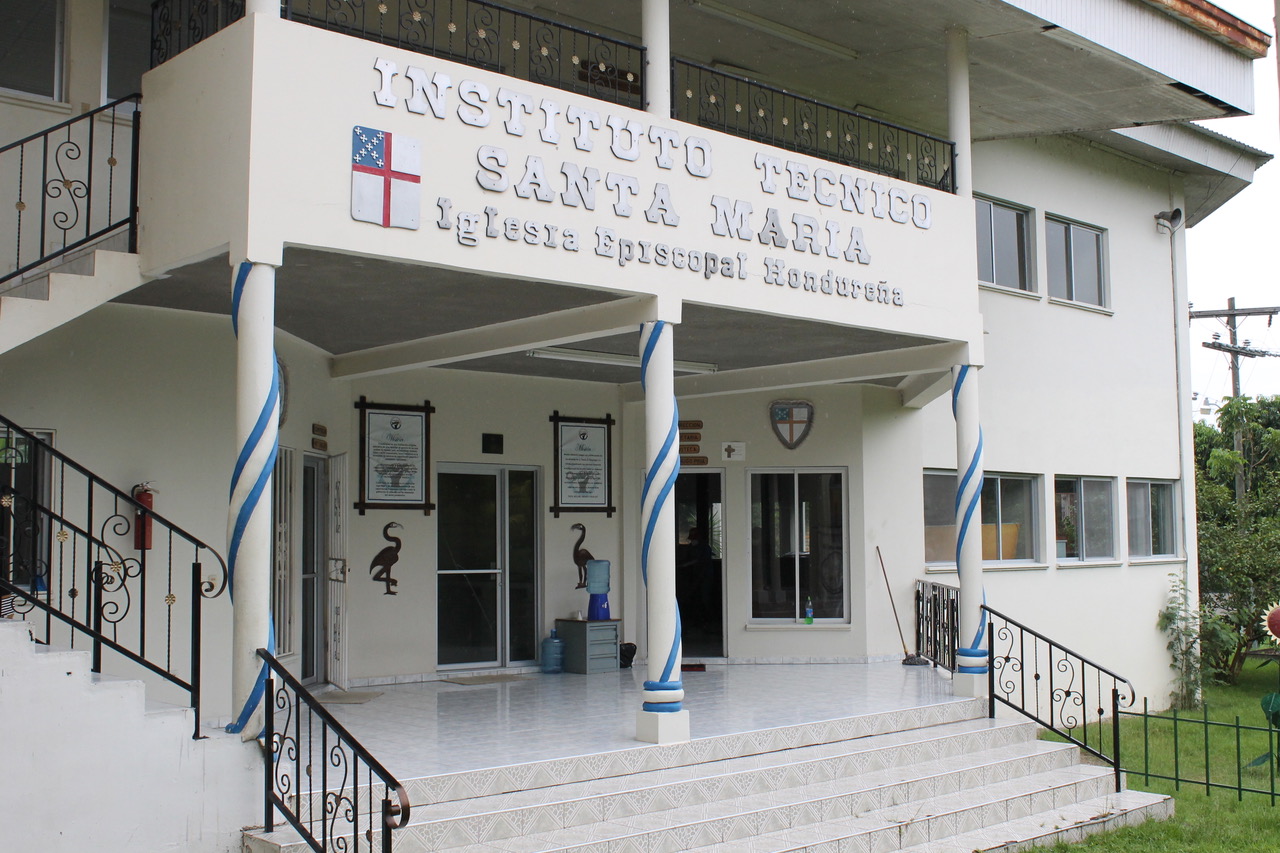
Originally offering a program to boys from 7th through 9th grade, ITSM expanded in 2018 to offer academic and vocational training to girls from HAYE’s elementary program, as well expanding their academic offering through 12th grade, with the first class graduating in 2020. Now, students from all over Honduras attend TSM.
Originally offering a program to boys from 7th through 9th grade, ITSM expanded in 2018 to offer academic and vocational training to girls from HAYE’s elementary program, as well expanding their academic offering through 12th grade, with the first class graduating in 2020. Now, students from all over Honduras attend TSM.
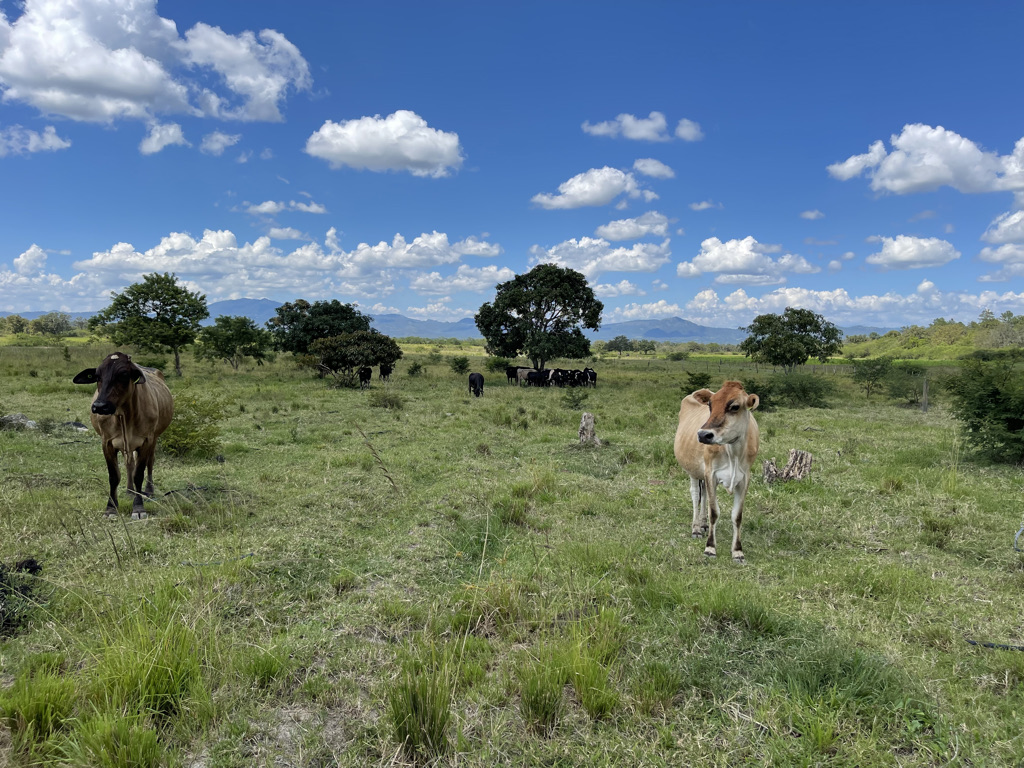
The founders of El Hogar envisioned having a third center offering agriculture and farming education. That vision became reality when the Agricultural School was opened in February of 1993 and operated as a school until 2017. The students focused their work on plant and crop production or animal care, including raising tilapia. Since 2017, the Agricultural School operates as a farm, providing fresh eggs and dairy products to the other El Hogar campuses as well as selling to the local market. El Hogar is exploring ways that the Agricultural School campus can be used to offer entrepreneurial programs to enhance our students’ skills and future opportunities.
A Third Center was Built
El Hogar’s farm is comprised of 240 acres just outside the town of Talanga, about one hour from Tegucigalpa.
The founders of El Hogar envisioned having a third center offering agriculture and farming education. That vision became reality when the Agricultural School was opened in February of 1993 and operated as a school until 2017. The students focused their work on plant and crop production or animal care, including raising tilapia. Since 2017, the Agricultural School operates as a farm, providing fresh eggs and dairy products to the other El Hogar campuses as well as selling to the local market. El Hogar is exploring ways that the Agricultural School campus can be used to offer entrepreneurial programs to enhance our students’ skills and future opportunities.
Denise Vargas serves as the Executive Director in Honduras. Lazaro Juarez, one of the young Hondurans who cared for the first five little boys, became El Hogar’s first employee and served as Sub-Executive Director in Honduras and Director of the Technical Institute until his retirement after 42 years. The Technical Institute is now under the supervision of sub-Director Norma Coello. At El Hogar’s elementary school, Claudia Castro serves as Director. Yony Aguilera is the Director of Operations at the Farm.
TODAY…
El Hogar has realized much growth, from the first five boys to approximately 250 boys and girls in two academic centers. A dedicated Honduran staff of 65 serve as teachers, caregivers and role models for the students.
Denise Vargas serves as the Executive Director in Honduras. Lazaro Juarez, one of the young Hondurans who cared for the first five little boys, became El Hogar’s first employee and served as Sub-Executive Director in Honduras and Director of the Technical Institute until his retirement after 42 years. The Technical Institute is now under the supervision of sub-Director Norma Coello. At El Hogar’s elementary school, Claudia Castro serves as Director. Yony Aguilera is the Director of Operations at the Farm.
Honduras


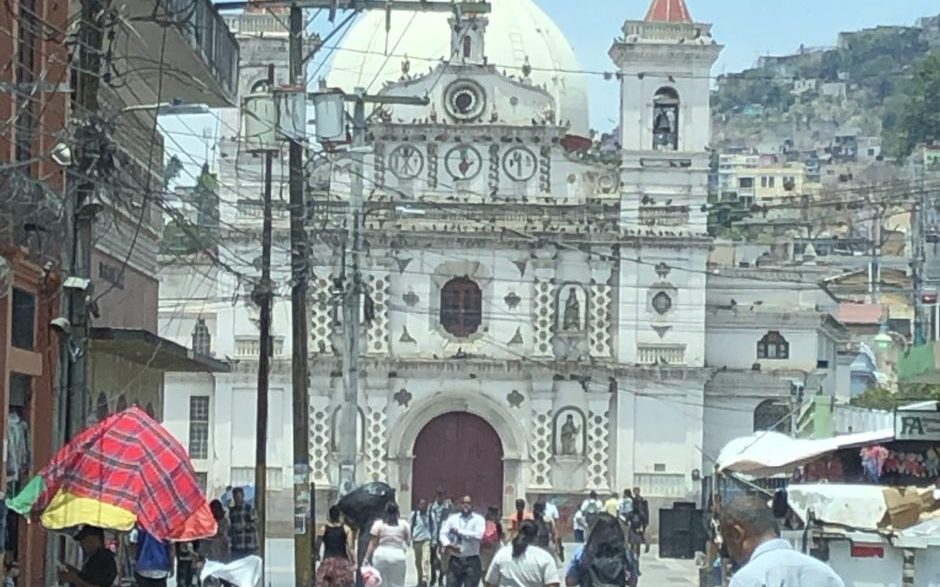
Honduras is mountainous, with narrow coastal plains along the Caribbean and Pacific coasts. The climate is generally hot, with high humidity on the coasts, cooling as the elevation increases towards the interior of the country. Rain falls year-round along the Caribbean coast, but is seasonal throughout the rest of the country, generally between mid-May and mid-November.
Honduras is in the heart of Central America
with an area of 112, 492 km2 (69,900 miles2) and a population of about 10 million people. Tegucigalpa is the capital city and Spanish is the official language.
Honduras is mountainous, with narrow coastal plains along the Caribbean and Pacific coasts. The climate is generally hot, with high humidity on the coasts, cooling as the elevation increases towards the interior of the country. Rain falls year-round along the Caribbean coast, but is seasonal throughout the rest of the country, generally between mid-May and mid-November.
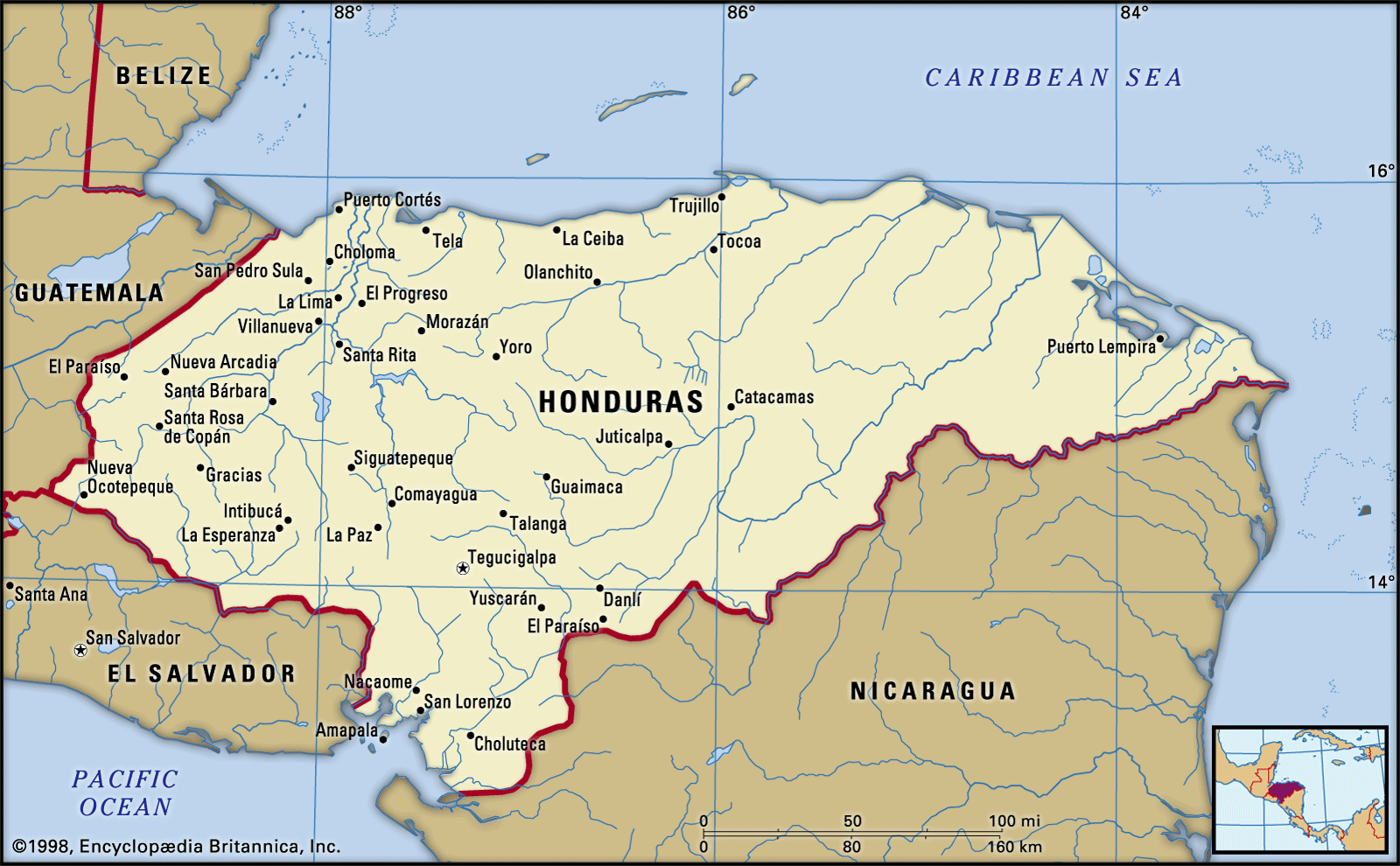
About a third of the economy in Honduras is derived from agriculture, with coffee being one of the biggest exports. Bananas and other produce are also major exports. It is said that while exploring the eastern coasts of the region, Christopher Columbus reached a peninsula where he found shelter from a tropical storm and declared “Gracias a Dios que hemos salido de estas honduras!” (Thank God we’ve escaped these treacherous depths!), thus giving Honduras its name. The currency of Honduras is called Lempira, after a national indigenous hero who led the resistance against the Spanish conquistadores.
About a third of the economy in Honduras is derived from agriculture, with coffee being one of the biggest exports. Bananas and other produce are also major exports. It is said that while exploring the eastern coasts of the region, Christopher Columbus reached a peninsula where he found shelter from a tropical storm and declared “Gracias a Dios que hemos salido de estas honduras!” (Thank God we’ve escaped these treacherous depths!), thus giving Honduras its name. The currency of Honduras is called Lempira, after a national indigenous hero who led the resistance against the Spanish conquistadores.
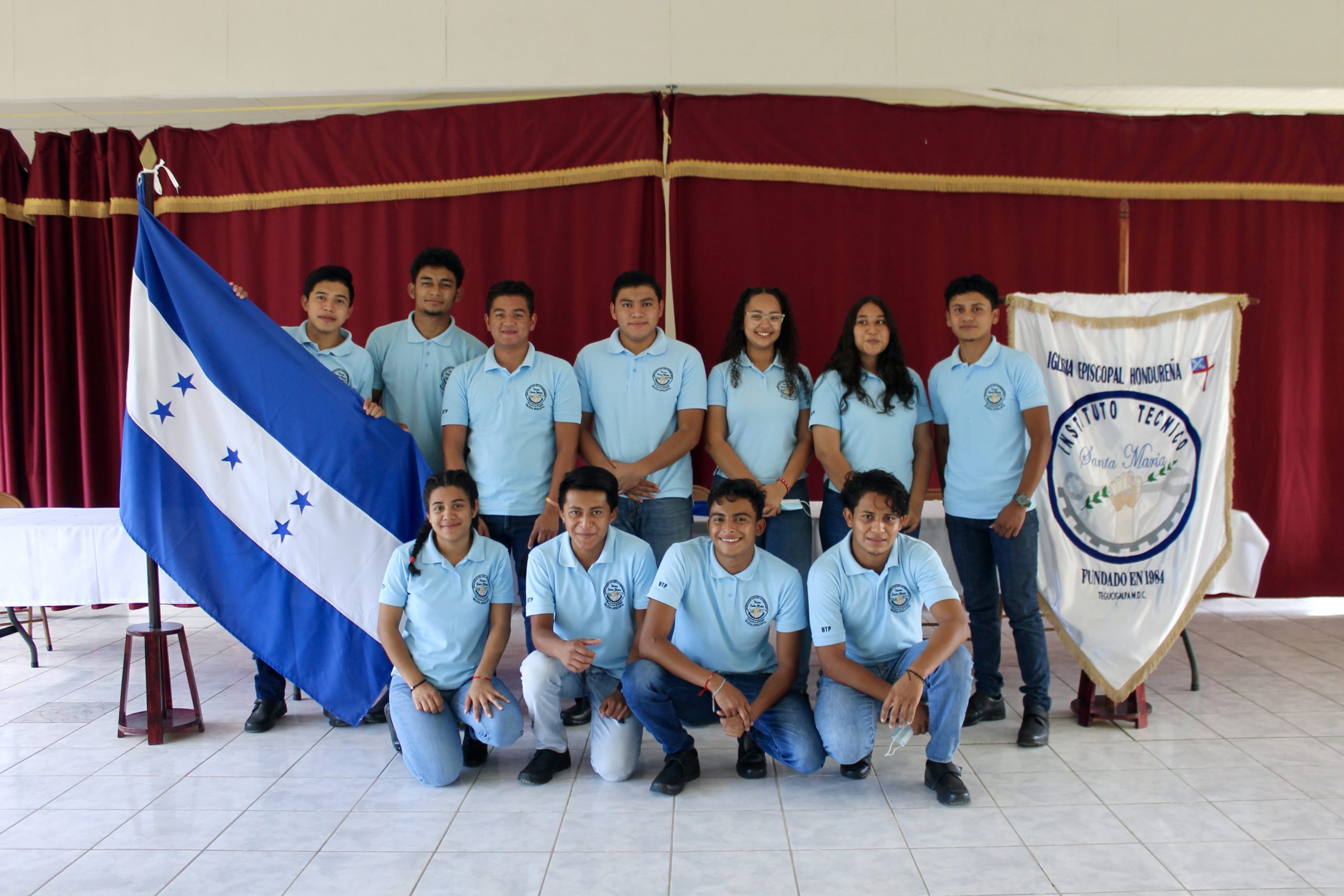
After three centuries of Spanish rule, Central America declared its independence from Spain on September 15, 1821. Briefly it became part of Mexico and then the United Provinces of Central America with Guatemala, El Salvador, Nicaragua and Costa Rica before becoming fully independent in 1839.
The Honduran flag has five stars, representing the five original countries in Central America.
After three centuries of Spanish rule, Central America declared its independence from Spain on September 15, 1821. Briefly it became part of Mexico and then the United Provinces of Central America with Guatemala, El Salvador, Nicaragua and Costa Rica before becoming fully independent in 1839.
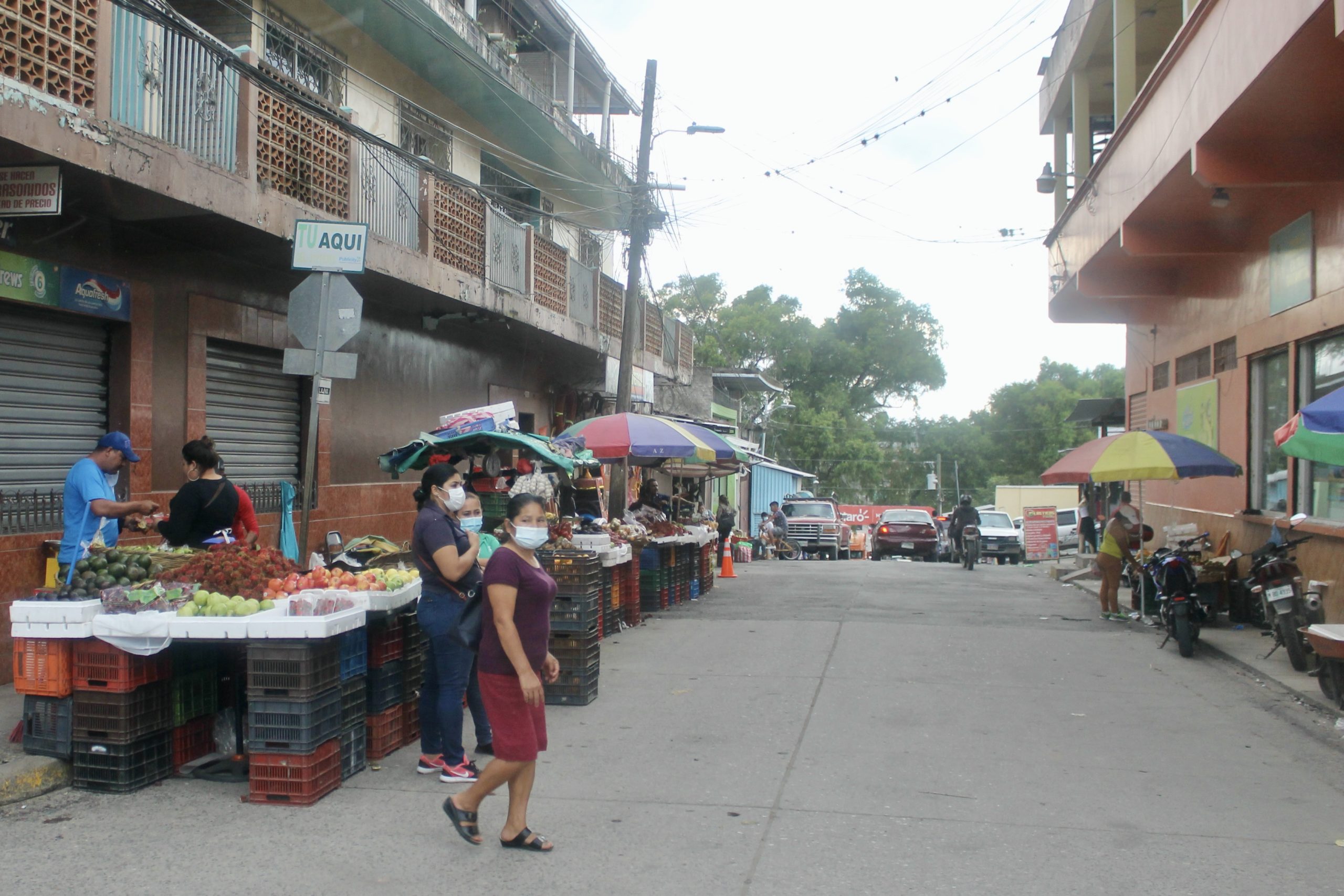
Honduras struggles with high levels of poverty and violence fueled by gangs and political instability. About 48% of people in urban areas and 60% in rural areas live in poverty. Since its independence, Honduras has constitutionally been a democratic state. Since independence, the country’s political system and leaders have been plagued by accusations of corruption and fraud. The Libre Party is currently in power (2025).
Honduras struggles with high levels of poverty and violence fueled by gangs and political instability. About 48% of people in urban areas and 60% in rural areas live in poverty. Since its independence, Honduras has constitutionally been a democratic state. Since independence, the country’s political system and leaders have been plagued by accusations of corruption and fraud. The Libre Party is currently in power (2025).
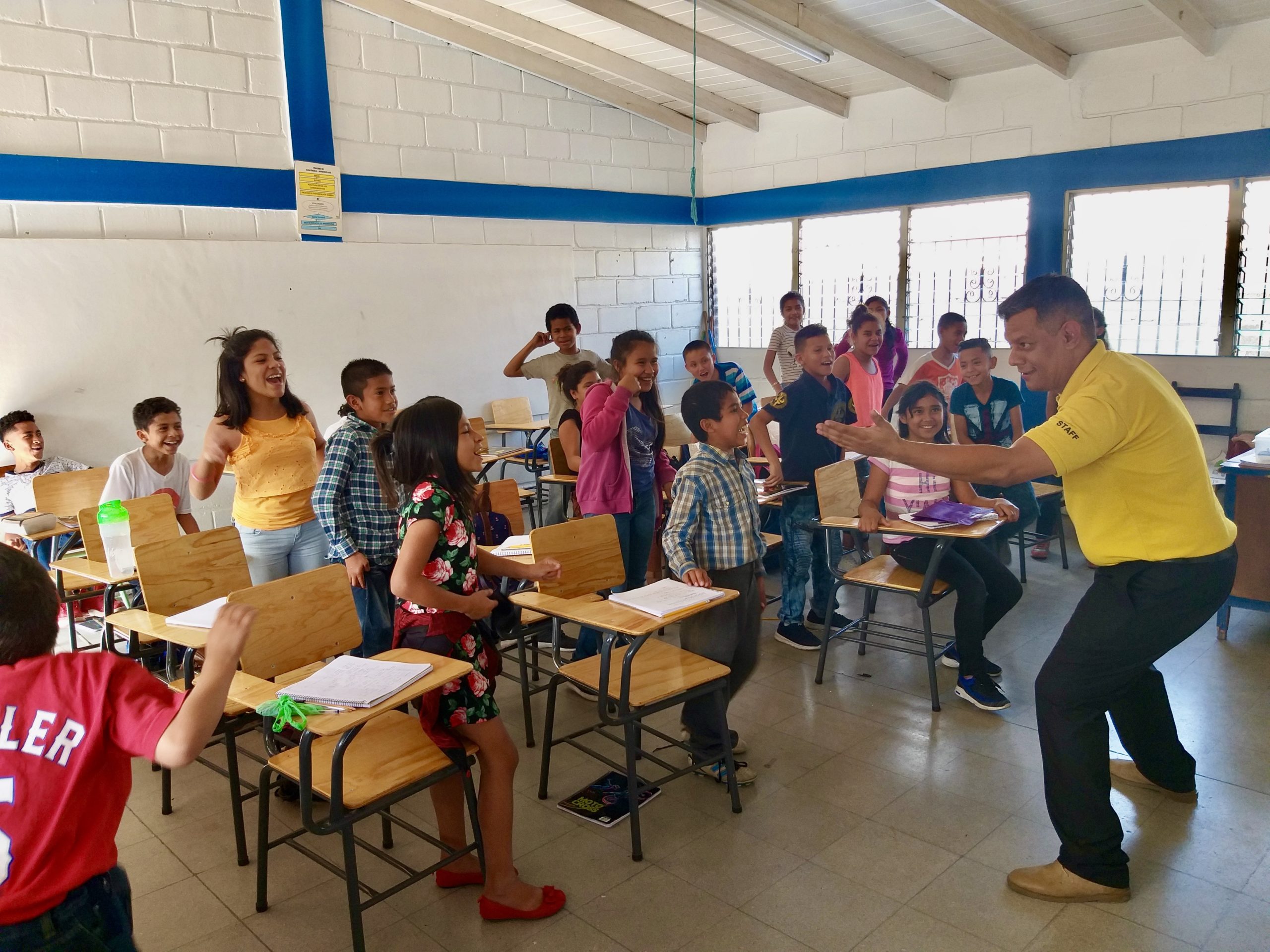
Although attendance at public schools is free, there are still barriers for children to be able to attend, such as the cost of uniforms, school supplies and transportation. In addition, some public schools don’t have the necessary resources to meet the needs of their student population and expect teachers to cover expenses or require that families pay fees. The school dropout rate is high particularly after 9th grade (over 30% in 2017 according to the World Bank) as students leave school to join the workforce and help support their families.
Education is free and compulsory up to ninth grade, however enforcement is inconsistent.
Although attendance at public schools is free, there are still barriers for children to be able to attend, such as the cost of uniforms, school supplies and transportation. In addition, some public schools don’t have the necessary resources to meet the needs of their student population and expect teachers to cover expenses or require that families pay fees. The school dropout rate is high particularly after 9th grade (over 30% in 2017 according to the World Bank) as students leave school to join the workforce and help support their families.

El Hogar Projects seeks to eliminate these barriers and provide equitable opportunity for a quality education to all of our students.
El Hogar Projects seeks to eliminate these barriers and provide equitable opportunity for a quality education to all of our students.
Thank you for your continued support of El Hogar!
